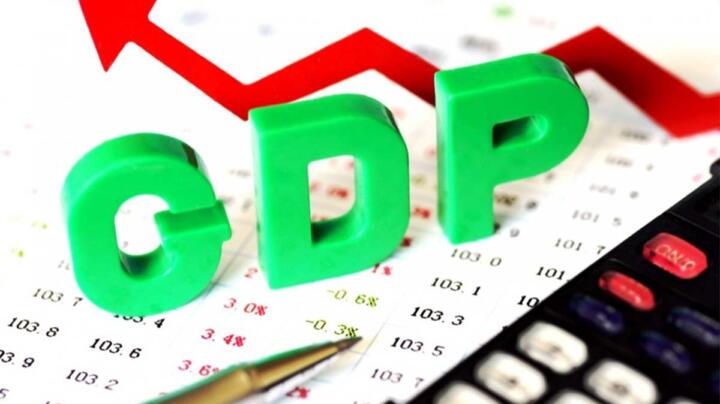Nigeria’s public debt-to-GDP ratio has dropped to 39.4% following the recent rebasing of the nation’s Gross Domestic Product (GDP), according to official data from the Debt Management Office (DMO). The revision, which expanded the size of the economy on paper, helped reduce the appearance of the country’s debt burden, even though the total value of public debt remains high.
The GDP rebasing exercise, spearheaded by the National Bureau of Statistics (NBS), involved the inclusion of emerging sectors such as digital technology, fintech, entertainment, e-commerce, and informal trade, which had previously been underrepresented in national accounting. With the revised GDP now estimated at ₦379 trillion, the country’s debt ratio has eased below the 40% threshold often set as a benchmark for fiscal sustainability.

Before the rebasing, the nation’s debt-to-GDP ratio had hovered around 52%, raising concerns from economists, credit rating agencies, and international financial institutions. At that point, the country’s economic output was based on outdated data that did not fully capture the diversity and growth in new sectors of the economy. As a result, the ratio painted a more alarming picture of the country’s fiscal health.
Currently, Nigeria’s total public debt stands at ₦149.39 trillion as of March 2025. This comprises ₦78.76 trillion in domestic debt and ₦70.63 trillion in external debt. Though the nominal figure has increased significantly, the larger GDP base has softened the ratio, providing some relief to fiscal authorities.
Government officials have welcomed the development, arguing that the new ratio offers Nigeria a more favorable outlook in the eyes of investors and international lenders. A lower debt-to-GDP ratio can improve credit ratings, lower borrowing costs, and encourage foreign investment inflows.
However, economic analysts caution that the improved ratio may give a false sense of comfort. While it may create room for additional borrowing, the underlying fiscal challenges have not disappeared. Nigeria still faces high debt servicing costs, which continue to consume a large chunk of its limited revenue base. Servicing external loans, in particular, has become more burdensome due to exchange rate volatility and inflationary pressures.
There are also concerns that the GDP rebasing is merely a statistical upgrade rather than a reflection of real growth or improved productivity. Experts argue that unless the government boosts its revenue generation capacity and controls excessive borrowing, the debt burden could still worsen over time.
Critics also highlight the need for fiscal discipline to accompany the updated economic metrics. There have been calls from civil society and policy analysts for a transparent borrowing framework that ties any new loans to clear developmental outcomes, especially in infrastructure, power, and education.
The rebasing also comes at a time when the government is preparing a new Medium-Term Expenditure Framework (MTEF) for 2026–2028. With the revised figures, policymakers are expected to rework their assumptions and fiscal planning strategy, including revenue projections and debt sustainability measures.
Internationally, Nigeria’s new debt ratio of 39.4% places it comfortably below the 55% threshold recommended by organizations like the International Monetary Fund (IMF) for developing economies. This gives the country some breathing space in its economic management and presents an opportunity to negotiate better terms with creditors.
Still, experts urge the government to use the momentum from the rebasing to implement deeper reforms. These include broadening the tax base, curbing leakages, cutting down on non-essential recurrent expenditures, and promoting public-private partnerships to reduce the pressure on public finances.
In summary, the drop in Nigeria’s debt-to-GDP ratio to 39.4% after GDP rebasing presents both opportunity and caution. While the revised metrics improve the nation’s fiscal outlook on paper, they do not erase the underlying structural weaknesses. Debt levels remain high, and without substantial revenue reforms, increased productivity, and sound financial management, the country could once again face debt vulnerability.
As the government navigates this new fiscal landscape, it must avoid the temptation of over-borrowing based on an improved ratio and instead focus on ensuring that future debt is tied to investments that yield measurable economic returns. Only then can the current statistical gain be transformed into lasting fiscal stability and sustainable growth.
Support InfoStride News' Credible Journalism: Only credible journalism can guarantee a fair, accountable and transparent society, including democracy and government. It involves a lot of efforts and money. We need your support. Click here to Donate
